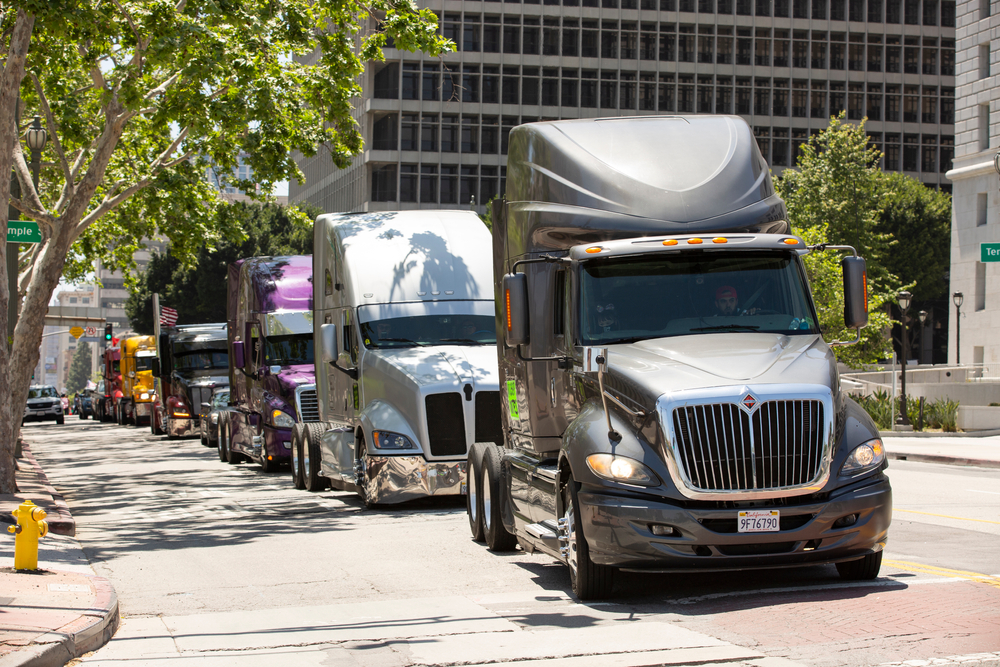
Driverless trucks are no longer a future concept—they’re now a reality in Texas. Aurora Innovation, a Pittsburgh-based autonomous vehicle company, has announced the commercial launch of its first fully driverless truck, operating along a 200-mile freight corridor between Dallas and Houston. This marks a major milestone in the evolution of the trucking industry, with the vehicle expected to begin running on Interstate 45 without a safety driver by the end of the month.
Aurora’s gradual rollout will begin with a single autonomous truck before expanding to a larger fleet. This launch follows years of testing with safety drivers on board and positions Texas as a hub for autonomous vehicle development, thanks to its regulatory support, high freight volume, and favorable weather.
The shift toward autonomous trucks is driven by the need to address mounting issues in the logistics sector. These include a nationwide truck driver shortage, high turnover rates, and increased shipping demands—especially with projections from the federal government that freight demand will grow by 50% by 2050. Jeff Farrah, CEO of the Autonomous Vehicle Industry Association, emphasized the urgency of finding scalable solutions: “How do I solve this puzzle with more freight to move and fewer drivers to do it?”
Autonomous trucking companies argue that automation will solve many inefficiencies. Without the need for driver rest periods, autonomous trucks can operate continuously, improving delivery speed and reducing costs. According to a McKinsey report, the cost savings from eliminating driver wages could reduce fleet operating costs by up to 42%, even after factoring in technology investments and operational monitoring centers.
However, the technology has its critics. The Owner-Operator Independent Drivers Association (OOIDA) has voiced strong concerns about safety, citing the lack of federal regulations governing autonomous vehicles. Lewie Pugh, OOIDA’s executive vice president, criticized the disparity in oversight: “It’s absurd that AVs, which are unproven and unmanned, are given more latitude on American highways than professional drivers with years of experience.”
As of now, at least ten companies are actively developing autonomous truck technology, with most aiming to fully deploy driverless operations between 2025 and 2026. Texas remains the preferred testing ground, with companies like Kodiak Robotics already logging over 750 autonomous hours on private roads in the state.
These companies intend to license their AV platforms to truck manufacturers who will offer fleets a “driver-as-a-service” model. Under this arrangement, carriers manage logistics while paying per-mile fees for the autonomous driving systems.
Looking forward, McKinsey projects that autonomous trucks will account for 13% of all U.S. heavy-duty vehicles by 2035. After proving success on Texas highways, AV developers plan to expand operations throughout the Sunbelt region, ushering in a new era for the U.S. freight industry.
Source:











Leave a Comment